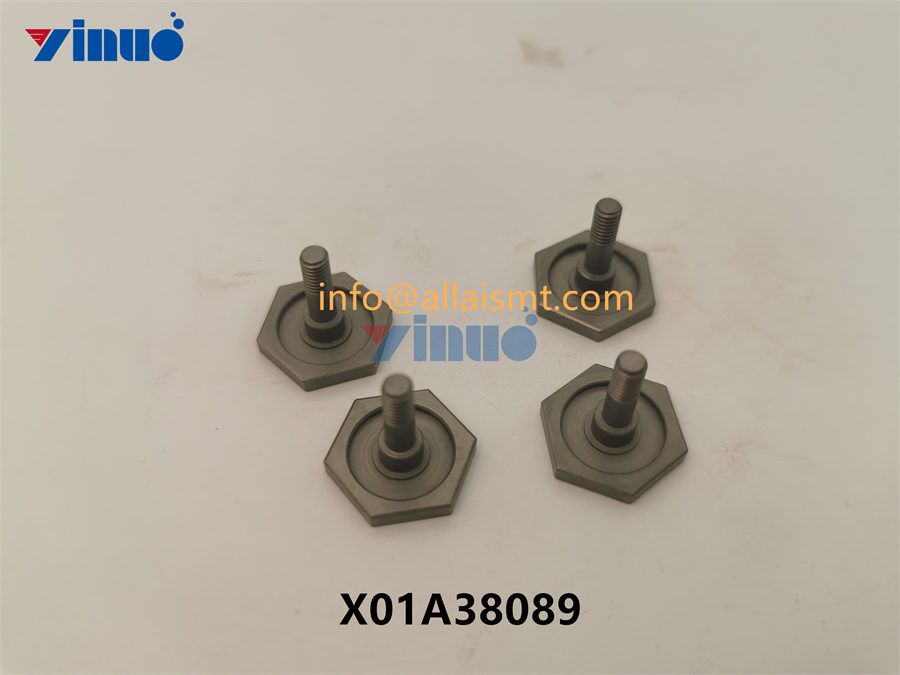It is easy to form two basic parasitic elements that may cause problems in PCB design: parasitic capacitance and parasitic inductance.
When designing a circuit board, placing two tracks close to each other will cause parasitic capacitance. You can do this: place one trace on top of another trace on two different floors; Or on the same floor, place one trace next to another! In these two wiring configurations, the time-varying voltage (dV/dt) on one wiring may generate current on the other wiring. If the other trace is of high impedance, the current generated by the electric field will be converted into voltage. Fast voltage transients most often occur on the digital side of analog signal design. If the trace with fast voltage transient is close to the high impedance analog trace, this error will seriously affect the accuracy of analog circuit. In this environment, analog circuits have two disadvantages: their noise tolerance is much lower than that of digital circuits; High impedance wiring is common.
This phenomenon can be reduced by adopting one of the following two technologies. The most common technique is to change the size between traces according to the equation of capacitance. The most effective dimension to change is the distance between two traces. It should be noted that the variable D is in the denominator of the capacitance equation. When D increases, the capacitive reactance will decrease. Another variable that can be changed is the length of the two traces. In this case, the length L decreases, and the capacitive reactance between the two traces also decreases.
Another technique is to lay a ground wire between these two traces. The ground wire is of low impedance, and adding such another trace will weaken the electric field that causes interference! The principle of parasitic inductance in circuit board is similar to that of parasitic capacitance. Also, two routes are laid, and one route is placed above the other on two different floors;

